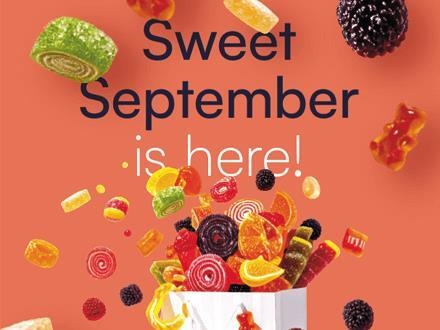Shelf management in-store is vital in the race to promote and sell products in 2024. Food price inflation has resulted in supermarkets competing to be better at communicating price savings, working harder to optimise shelf space and improve the overall retail experience.
To do this, retailers must have the correct shelf-management systems in place to merchandise products more efficiently on retail shelf spaces. These solutions include shelf dividers, T-rails and shelf risers to ensure that stock is organised, and easily accessible. Additionally, shelving can be further enhanced with data strips, shelf barkers and other products designed to display pricing, promotions and cross-sell opportunities.
But which of these solutions should retailers adopt, and how do they differ?
Shelf Dividers
Shelf dividers are a key component for any effective shelf-management system. Not only do they improve the organisation and presentation of shelf spaces but they also increase store efficiencies by reducing the time necessary to restock and re-organise products. To further increase their effectiveness, they can also be also be used in conjunction with stock pusher systems, that automatically 'push' stock to the front.
To be installed, dividers need to be clipped onto either T-rails, or shelf-risers - both of which run parallel with the width of shelving.
At Harrison, we provide both fixed length acrylic shelf dividers, and PET breakable shelf dividers, which feature 'break points' along the length of the divider that can be snapped to the required length for your shelving. See our full range of shelf dividers here.

T-Rails
As previously mentioned, T-rails are required at the front and back of shelving in order for breakable shelf dividers to be properly installed. Both products ensure the stock remains visible and front-facing on shelves. T-rails can be used in conjunction with 'pushers' that automate the process of keeping stock at the front of the shelf face, and we also stock a T-rail with an integrated riser, which prevents stock from falling off the shelves.
Our T-rails are available in a range of different lengths, with either high-adhesive, or magnetic tape fixed to them - depending on your shelving type. See our full range of T-rails
here.

Shelf Risers
A common challenge for retailers is preventing loss of stock from shelves. Shelf risers are a simple solution that can be adopted to minimise this issue. Our acrylic shelf risers slot directly into the front channel of the shelf itself, providing an effective barrier to prevent products from falling off the front of shelves.
Available in a variety of lengths and widths, our acrylic shelf risers can also be cut-to-size, so ideal for your bespoke shelving requirements.

Data Strips
Whilst not strictly shelf-management, no shelf space can be truly optimised if appropriate data strips are not used on shelf edging to effectively display pricing and promotions. A true 'cornerstone' of in-store communication, data strips are available in a wide range of difference lengths and profiles to suit a range of applications.
At Harrison, we offer a range of data strips, including
- Self-adhesive: Strips come with a self-adhesive backing and can quickly attached to cardboard or metal shelving
- Clip-on: Strips clip-on data strips and can be clipped to shelving or attached to existing data strips
- Angled: These strips are ideal for products on lower shelves, stopping customers from crouching to see prices.
- Wire, glass, and wood: Strips for use on shelving that is not mental.
- ESL: Data strips designed to support ESL units, which display product information digitally.
For more information, please see our data strip buying guide here

In 2024, retailers must consider utilising shelf management solutions in order improve store efficiencies and the physical experiences through which customers engage with products. Customers are drawn to products that stand out, and the presentation of these products could be the difference in whether a customer is encouraged or deterred from completing a purchase.




